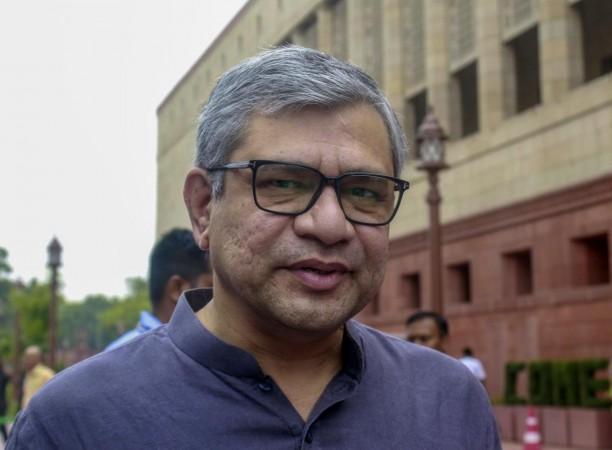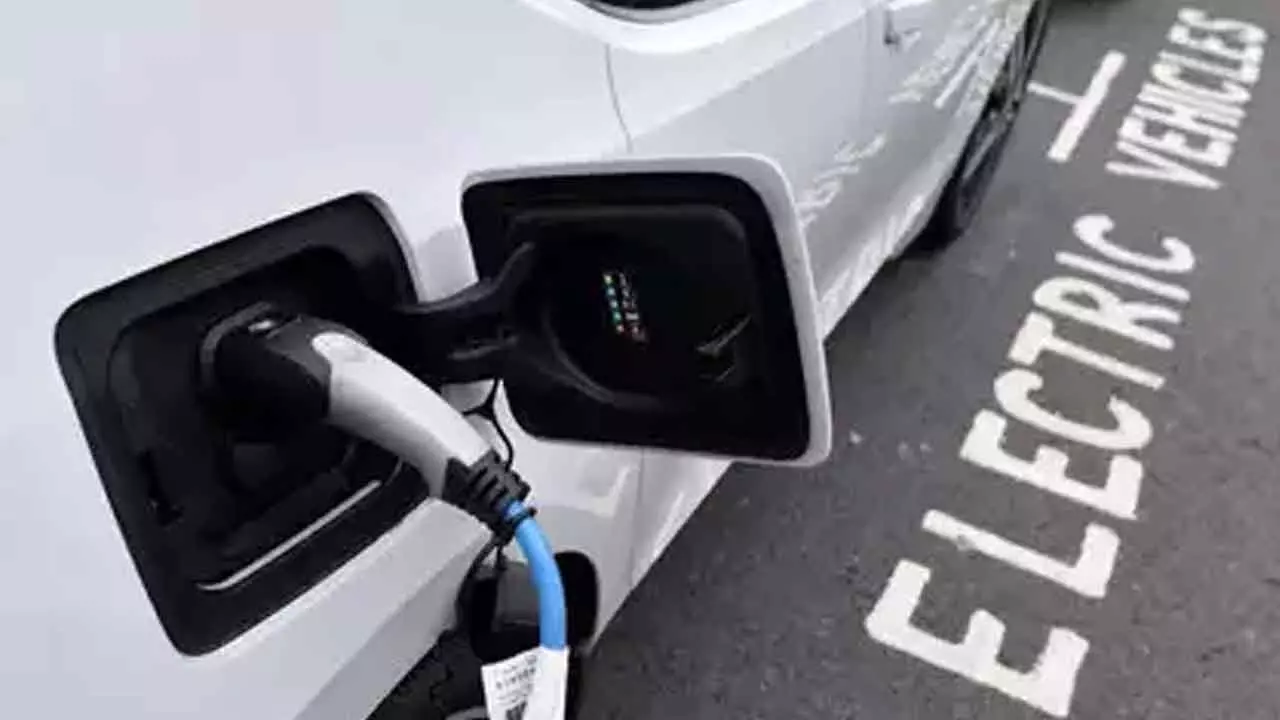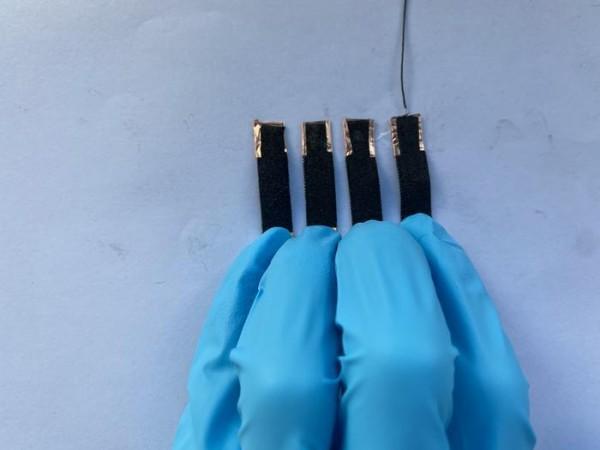
India’s luxury car market is witnessing a significant boom, with high-end brands like Lamborghini, Ferrari, McLaren, and Aston Martin reporting robust demand. This surge is attributed to a generational mindset shift, with an increasing number of Indians willing to splurge on luxury goods, including super-expensive cars. Industry data reveals a substantial increase in the sale of luxury cars, with experts predicting the sale of approximately 1,200-1,300 luxury cars in the Indian market this year. This is a significant leap from 2023 when sales more than doubled to 1,000 units in the top-end car segment.
Lamborghini, the Italian luxury sports car manufacturer, has reportedly sold all cars allocated for the Indian market. The brand’s models like Huracan, Urus, and Revuelto, priced between Rs 5 crore and Rs 10 crore, are in high demand. Other luxury brands like Ferrari, McLaren, and Aston Martin are also experiencing robust growth, indicating a strong market for luxury vehicles in India.
Mercedes-Benz and Audi’s luxury models now have waiting periods of up to a year, with prices ranging from Rs 2.5 crore to Rs 4.5 crore. This high demand and extended waiting period further underscore the growing appetite for luxury cars among Indian consumers.
Aston Martin, the British luxury sports car manufacturer, recently launched its new sports car ‘Vantage’ in India. Priced at Rs 3.99 crore (ex-showroom), the car boasts a muscular physique and unmistakable presence, with design cues inspired by Aston Martin’s legendary One-77 supercar.

BMW Group India has also reported a strong performance in the first half of the year, with a boost of over 21 per cent in car sales. This growth is fuelled by high demand for its sports activity vehicles, luxury class, and electric cars. BMW’s luxury class vehicles registered a growth of over 17 per cent, contributing 18 per cent to total sales. The BMW X7 was the highest-selling luxury class model.
Vikram Pawah, President, BMW Group India, attributes this strong affinity for their vehicles to their competitive edge in exclusive mobility, unmistakable driving pleasure, and best-in-class innovations. Audi, the German luxury car manufacturer, recently launched two new cars under its Bold Edition — Q3 and Q3 Sportback, in India.
The surge in luxury car sales is also linked to the increasing number of ultra-wealthy individuals in India. According to the latest wealth report by Knight Frank, the number of individuals possessing a net worth exceeding $30 million is expected to reach 19,908 by 2028, up from 13,263 in 2023.
This trend is not unique to India. Historically, luxury car sales have seen a surge in various markets worldwide during periods of economic growth and increasing wealth. For instance, in the post-war boom of the 1950s, luxury carmakers experienced a significant increase in sales as the world’s economy recovered and wealth increased.
 Manipal, August 17th, 2024: The National Service Scheme (NSS) Units I & II of the Manipal Institute of Technology (MIT) were recently honored with the prestigious “Humanitarian Excellence Award 2024.” The award, presented by the I Care Foundation India under the aegis of NITI Aayog & MSME, Government of India, recognizes the outstanding social work initiatives undertaken by the NSS units. The award ceremony coincided with the 78th Independence Day and World Humanitarian Day and took place at the Radisson Blu Hotel in New Delhi, Dwarka.
Manipal, August 17th, 2024: The National Service Scheme (NSS) Units I & II of the Manipal Institute of Technology (MIT) were recently honored with the prestigious “Humanitarian Excellence Award 2024.” The award, presented by the I Care Foundation India under the aegis of NITI Aayog & MSME, Government of India, recognizes the outstanding social work initiatives undertaken by the NSS units. The award ceremony coincided with the 78th Independence Day and World Humanitarian Day and took place at the Radisson Blu Hotel in New Delhi, Dwarka.![Dyson beauty line gets new addition; its first wet line styling products [read now] Dyson beauty line gets new addition; its first wet line styling products [read now]](https://data1.ibtimes.co.in/en/full/801741/dyson-beauty-line-gets-new-addition-its-first-wet-line-styling-products-read-now.jpg?h=450&l=50&t=40)
![Dyson beauty line gets new addition; its first wet line styling products [read now] Dyson beauty line gets new addition; its first wet line styling products [read now]](https://data1.ibtimes.co.in/en/full/801742/dyson-beauty-line-gets-new-addition-its-first-wet-line-styling-products-read-now.png?h=450&l=50&t=40)











